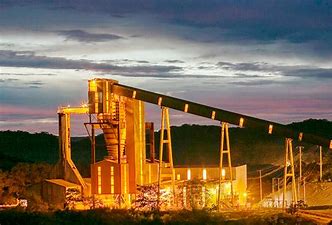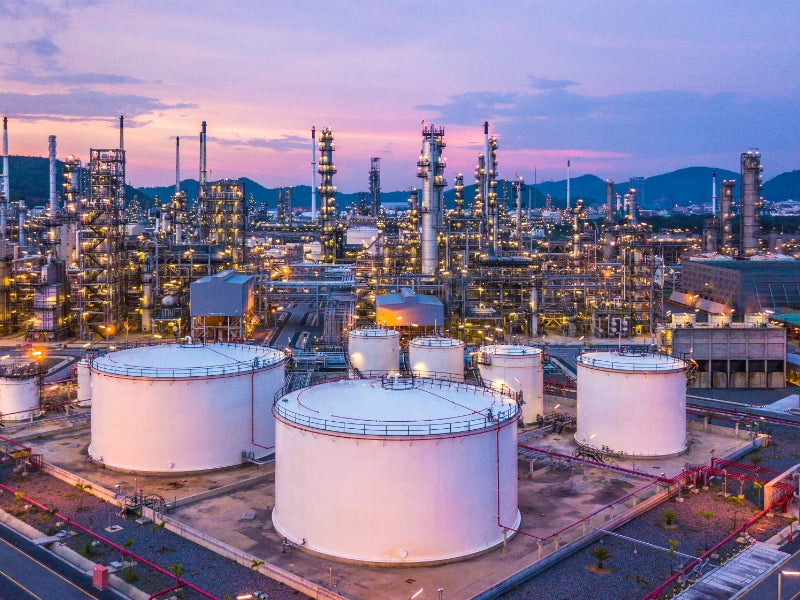The idea is to use half the money to comply with the fiscal framework requirements
03/20/2024
/i.s3.glbimg.com/v1/AUTH_37554604729d4b2f9f3eb9ad8a691345/internal_photos/bs/2023/Z/Q/8FlLQ3SMOGr2QBkDefcA/031122-vilmapinto-fotowendersonaraujo-5.jpg)
Vilma Pinto — Foto: Wenderson Araujo/Valor
The government wants up to half of the amount designated for congressional earmarks in the budget to be used to comply with the mandatory investment floor created by the new fiscal framework. Valor has learned that the forecast should be included in the 2025 Budget Guidelines Bill (PLDO), to be sent to Congress on April 15. The idea is already in the primary text being worked on by the Ministry of Finance.
The section included states that “a maximum of half of the amounts earmarked for the reserves provided for in paragraph 5 (individual and caucus earmarks) may be considered for complying with article 10 (investment floor) of Supplementary Law 200/2023 (new framework) when drafting the 2025 Budget Guidelines Bill.”
That is a novelty compared to this year’s budget, which also included a floor for investments but without designating part of the amount of the earmarks.
According to a government analyst, the proposal is similar to a provision that already exists in the current Budget Guidelines Act for the minimum health spending requirement, in which up to half of the amount of the earmarks can be considered to meet the constitutional minimum in this area. Under the Constitution, legislators are obliged to allocate half of their individual earmarks to health.
In the case of the minimum investment requirement, the government argues that congressional earmarks are intended to finance public works and projects; hence, the suggestion is to include in the PLDO the use of part of the amount to comply with the minimum.
The measure will make room for the government to provide more resources for other discretionary spending in the Annual Budget Act (LOA).
“I believe that the measure could help the government to comply with the rule of setting the minimum for investments in the budget, which is different from spending. It is probably a palliative found to deal with the increasingly limited space for discretionary spending, given the percentage of budget rigidity and, it is worth saying, the increase in congressional earmarks,” said Felipe Salto, chief economist at Warren Investimentos and former secretary of Finance and Planning for the State of São Paulo.
Vilma Pinto, director of the Independent Fiscal Institution (IFI), a public accounts monitoring body linked to the Senate, believes that the measure will help predict the allocation of budget resources. “It is a way of opening up space in the budget by overriding the obligation of some expenses, such as the health spending minimum and the mandatory earmarks,” she explained.
The total to be set aside for investment in 2025 will depend on the GDP figure in the budget since the fiscal framework stipulates that the minimum investment requirement cannot be less than 0.6% of GDP. Mr. Warren predicts a nominal GDP of R$12.238 trillion, which would give a minimum investment of R$73.4 billion. The exact amount will only be defined when the Annual Budget Act is submitted.
Rafaela Vitória, chief economist at Banco Inter, points out that “one of the problems is that spending on congressional earmarks does not necessarily follow the planning that one needs to have for investments, which are multi-annual expenditures with a long-term focus, while earmarks are dispersed and focus on shorter-term electoral benefits.”
“The capacity for public investment continues to be limited both by the space in the budget and by the lack of management,” she said. She believes that by linking earmarks to the minimum investment spending requirement, the Executive branch avoids the burden of freezing spending.
The Ministry of Planning and Budget declined to comment on the matter.
*Por Jéssica Sant’Ana, Guilherme Pimenta — Brasília
Source: Valor International

/i.s3.glbimg.com/v1/AUTH_37554604729d4b2f9f3eb9ad8a691345/internal_photos/bs/2022/v/w/vsJ7BXSvq9w6StnEECQg/270722surya49.jpg)
/i.s3.glbimg.com/v1/AUTH_37554604729d4b2f9f3eb9ad8a691345/internal_photos/bs/2022/q/A/7EyAtbRoKSdnqzT6LvAA/11emp-100-ambar-b3-img01.jpg)

/i.s3.glbimg.com/v1/AUTH_37554604729d4b2f9f3eb9ad8a691345/internal_photos/bs/2022/h/z/voZBOiQ0m9qA0GV8icug/18bra-100-invest-a3-img01.jpg)
/i.s3.glbimg.com/v1/AUTH_37554604729d4b2f9f3eb9ad8a691345/internal_photos/bs/2022/A/P/UzUxIWSKiBhZKOiXeMjQ/04pri-800-renault-a1-img01.jpg)

/i.s3.glbimg.com/v1/AUTH_37554604729d4b2f9f3eb9ad8a691345/internal_photos/bs/2022/F/l/KGqrTyTuC0xdhw6ofpoA/17emp-100-brask-b1-img01.jpg)
